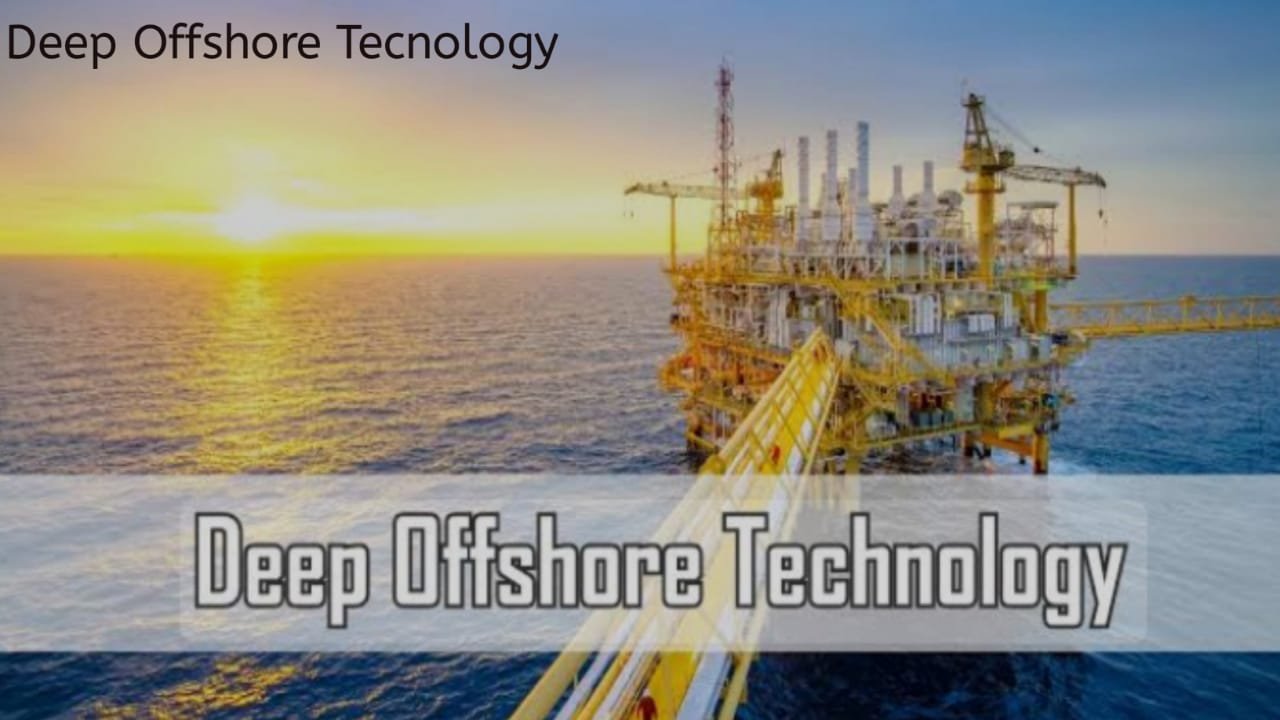Deep offshore technology has significantly changed the landscape of oceanic resource exploration and extraction. By leveraging advanced engineering and state-of-the-art innovations, it has made it possible to tap into vast reserves of oil, gas, and minerals that lie deep beneath the ocean surface. This article will delve into the core aspects of this field, highlighting its importance and the challenges it encounters.
What is Deep Offshore Technology?
This technology refers to an array of specialized engineering solutions and equipment crafted for operations in deep-sea environments. It is critical for the oil and gas industry, as it enables the exploration and production of hydrocarbons from the ocean floor. Key elements include submersible drilling rigs, remotely operated vehicles (ROVs), and advanced communication systems that ensure precision and safety in operations.
The Significance of Deep Offshore Technology
The significance of this field is immense. With the world’s energy demand continuing to rise and traditional onshore and shallow water oil reserves dwindling, there is a growing need to explore deeper offshore regions. These areas hold substantial untapped resources, and modern technology provides the means to access them efficiently, thereby supporting global energy security.
Innovations in Deep Offshore Technology
Recent advancements have dramatically improved the efficiency and safety of underwater operations. Notable innovations include:
- Subsea Production Systems: These systems extract hydrocarbons directly from the seabed, minimizing the need for extensive surface infrastructure and reducing environmental impact.
- Remotely Operated Vehicles (ROVs): ROVs are unmanned submersibles equipped with cameras and tools, capable of performing various tasks such as inspection and maintenance in harsh underwater conditions.
- Enhanced Drilling Techniques: Techniques like managed pressure drilling (MPD) have revolutionized deepwater drilling, offering greater precision and safety under challenging conditions.
Challenges in Deep Offshore Technology
Despite its advancements, this field faces numerous challenges that must be addressed to ensure sustainable and safe operations. These challenges include:
Environmental Concerns
Operating in deep offshore environments presents significant environmental risks. Oil spills and other accidents can cause devastating harm to marine ecosystems. Therefore, developing and enforcing robust environmental protection measures is crucial for the future sustainability of these operations.
Technical and Engineering Challenges
The extreme conditions of deep offshore environments—such as high pressure, low temperatures, and corrosive seawater—pose significant technical and engineering challenges. Equipment and infrastructure must be designed to withstand these harsh conditions while maintaining operational efficiency and safety.
Economic Viability
The development and implementation of deep-sea technology require substantial financial investment. The high costs associated with deepwater exploration, drilling, and production can make these projects economically challenging. Companies need to balance potential rewards with the financial risks involved in these ventures.
Regulatory and Safety Standards
Ensuring the safety of personnel and operations in deep offshore settings is paramount. Adhering to stringent regulatory standards and implementing comprehensive safety measures are essential to prevent accidents and protect the workforce. The complexity and high stakes of these operations necessitate rigorous safety protocols.
The Future of Deep Offshore Technology
The future of this field is promising, with ongoing advancements poised to address many current challenges. Key trends and upcoming developments to keep an eye on include:
Automation and Robotics
The integration of automation and robotics into deep-sea technology is set to revolutionize the industry. Automated systems and robotic technologies will enhance precision, reduce human intervention, and improve operational safety in deepwater environments.
Digitalization and Data Analytics
The adoption of digital technologies and data analytics will enhance decision-making and operational efficiency. Real-time data monitoring, predictive maintenance, and advanced analytics will optimize resource extraction and minimize downtime.
Renewable Energy Integration
As the world increasingly embraces sustainable energy, integrating renewable energy technologies with deep-sea operations will become more important. Offshore wind farms and tidal energy projects exemplify how renewable energy can complement traditional deepwater operations.
Collaboration and Innovation
Collaboration among industry stakeholders, research institutions, and technology providers will drive innovation in this field. Joint efforts will lead to the development of new solutions that address the industry’s most pressing challenges.
Conclusion
Deep-sea technology is essential in meeting the world’s growing energy demands. While it faces significant challenges, ongoing advancements and innovations promise a bright future for this field. By addressing environmental, technical, economic, and regulatory issues, the industry can continue to thrive and unlock the vast potential of deepwater resources. Looking ahead, the integration of automation, digitalization, and renewable energy will further enhance the capabilities and sustainability of deep-sea operations.
As this technology evolves, it will play an increasingly vital role in the global energy landscape. The continuous development and implementation of new technologies, alongside stringent safety and environmental measures, will ensure that deep offshore operations remain viable and beneficial for the long term. The convergence of various technological advancements will pave the way for a more efficient, safe, and sustainable approach to exploring and harnessing the deep ocean’s resources.
